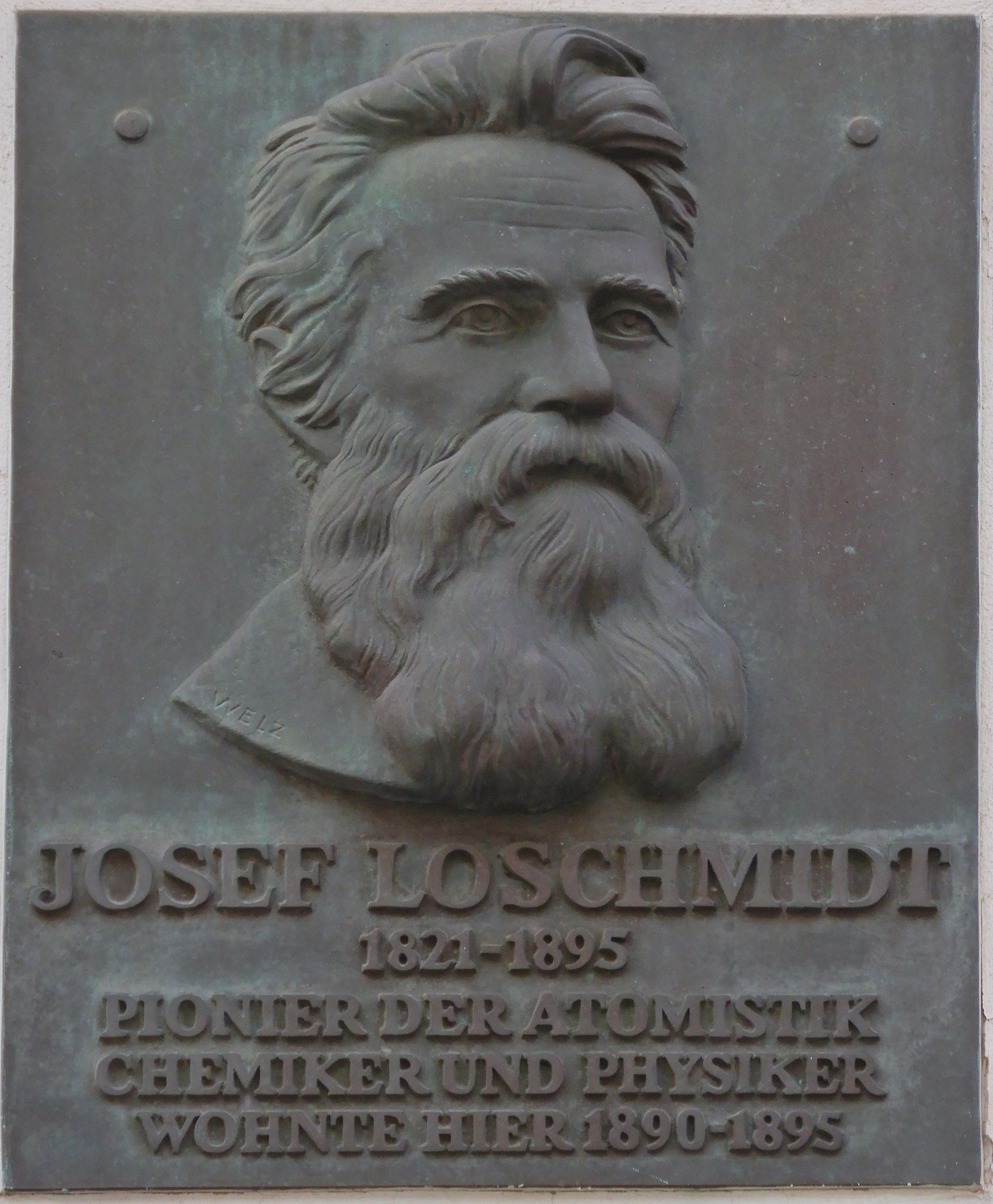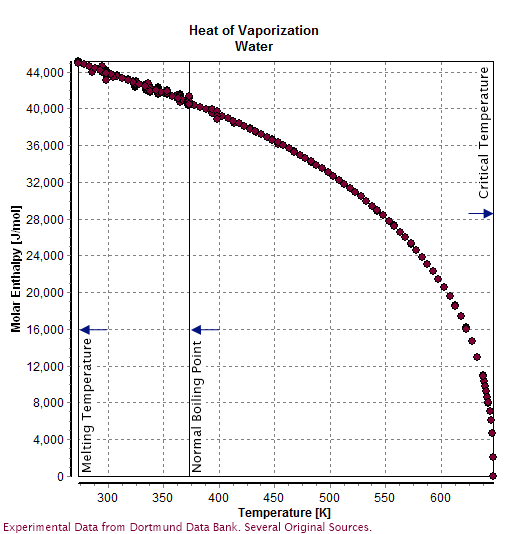|
Grams
The gram (originally gramme; SI unit symbol g) is a unit of mass in the International System of Units (SI) equal to one thousandth of a kilogram. Originally defined in 1795 as "the absolute weight of a volume of pure water equal to the cube of the hundredth part of a metre melting ice", the defining temperature (0 °C) was later changed to the temperature of maximum density of water (approximately 4 °C). Subsequent redefinitions agree with this original definition to within 30 parts per million (0.003%), with the maximum density of water remaining very close to 1 g/cm3, as shown by modern measurements. By the late 19th century, there was an effort to make the base unit the kilogram and the gram a derived unit. In 1960, the new International System of Units defined a ''gram'' as one thousandth of a kilogram (i.e., one gram is ). The kilogram, as of 2019, is defined by the International Bureau of Weights and Measures from the metre, the second, and from the ... [...More Info...] [...Related Items...] OR: [Wikipedia] [Google] [Baidu] |
Kilogram
The kilogram (also spelled kilogramme) is the base unit of mass in the International System of Units (SI), equal to one thousand grams. It has the unit symbol kg. The word "kilogram" is formed from the combination of the metric prefix kilo- (meaning one thousand) and gram; it is colloquially shortened to "kilo" (plural "kilos"). The kilogram is an SI base unit, defined ultimately in terms of three defining constants of the SI, namely a specific transition frequency of the caesium-133 atom, the speed of light, and the Planck constant. A properly equipped metrology laboratory can calibrate a mass measurement instrument such as a Kibble balance as a primary standard for the kilogram mass. The kilogram was originally defined in 1795 during the French Revolution as the mass of one litre of water (originally at 0 °C, later changed to the temperature of its maximum density, approximately 4 °C). The current definition of a kilogram agrees with this original defini ... [...More Info...] [...Related Items...] OR: [Wikipedia] [Google] [Baidu] |
Mass Versus Weight
In common usage, the mass of an object is often referred to as its weight, though these are in fact different concepts and quantities. Nevertheless, one object will always weigh more than another with less mass if both are subject to the same gravity (i.e. the same gravitational field strength). In scientific contexts, mass is the amount of " matter" in an object (though "matter" may be difficult to define), but weight is the force exerted on an object's matter by gravity. At the Earth's surface, an object whose mass is exactly one kilogram weighs approximately 9.81 newtons, the product of its mass and the gravitational field strength there. The object's weight is less on Mars, where gravity is weaker; more on Saturn, where gravity is stronger; and very small in space, far from significant sources of gravity, but it always has the same mass. Material objects at the surface of the Earth have weight despite such sometimes being difficult to measure. An object floating freel ... [...More Info...] [...Related Items...] OR: [Wikipedia] [Google] [Baidu] |
Mass
Mass is an Intrinsic and extrinsic properties, intrinsic property of a physical body, body. It was traditionally believed to be related to the physical quantity, quantity of matter in a body, until the discovery of the atom and particle physics. It was found that different atoms and different elementary particle, elementary particles, theoretically with the same amount of matter, have nonetheless different masses. Mass in modern physics has multiple Mass in special relativity, definitions which are conceptually distinct, but physically equivalent. Mass can be experimentally defined as a measure (mathematics), measure of the body's inertia, meaning the resistance to acceleration (change of velocity) when a net force is applied. The object's mass also determines the Force, strength of its gravitational attraction to other bodies. The SI base unit of mass is the kilogram (kg). In physics, mass is Mass versus weight, not the same as weight, even though mass is often determined by ... [...More Info...] [...Related Items...] OR: [Wikipedia] [Google] [Baidu] |
International System Of Units
The International System of Units, internationally known by the abbreviation SI (from French ), is the modern form of the metric system and the world's most widely used system of measurement. It is the only system of measurement with official status in nearly every country in the world, employed in science, technology, industry, and everyday commerce. The SI system is coordinated by the International Bureau of Weights and Measures, which is abbreviated BIPM from . The SI comprises a coherent system of units of measurement starting with seven base units, which are the second (symbol s, the unit of time), metre (m, length), kilogram (kg, mass), ampere (A, electric current), kelvin (K, thermodynamic temperature), mole (mol, amount of substance), and candela (cd, luminous intensity). The system can accommodate coherent units for an unlimited number of additional quantities. These are called coherent derived units, which can always be represented as products of powers of ... [...More Info...] [...Related Items...] OR: [Wikipedia] [Google] [Baidu] |
Imperial Units
The imperial system of units, imperial system or imperial units (also known as British Imperial or Exchequer Standards of 1826) is the system of units first defined in the British Weights and Measures Act 1824 and continued to be developed through a series of Weights and Measures Acts and amendments. The imperial system developed from earlier English units as did the Comparison of the imperial and US customary measurement systems, related but differing system of United States customary units, customary units of the United States. The imperial units replaced the Winchester measure, Winchester Standards, which were in effect from 1588 to 1825. The system came into official use across the British Empire in 1826. By the late 20th century, most nations of the former empire had metrication, officially adopted the metric system as their main system of measurement, but imperial units are still used alongside metric units in the United Kingdom and in some other parts of the former empi ... [...More Info...] [...Related Items...] OR: [Wikipedia] [Google] [Baidu] |
Atomic Mass Unit
The dalton or unified atomic mass unit (symbols: Da or u, respectively) is a unit of mass defined as of the mass of an unbound neutral atom of carbon-12 in its nuclear and electronic ground state and at rest. It is a non-SI unit accepted for use with SI. The word "unified" emphasizes that the definition was accepted by both IUPAP and IUPAC. The atomic mass constant, denoted , is defined identically. Expressed in terms of , the atomic mass of carbon-12: . Its value in SI units is an experimentally determined quantity. The 2022 CODATA recommended value of the atomic mass constant expressed in the SI base unit kilogram is:This value serves as a conversion factor of mass from daltons to kilograms, which can easily be converted to grams and other metric units of mass. The 2019 revision of the SI redefined the kilogram by fixing the value of the Planck constant (), improving the precision of the atomic mass constant expressed in SI units by anchoring it to fixed physica ... [...More Info...] [...Related Items...] OR: [Wikipedia] [Google] [Baidu] |
Dalton (unit)
The dalton or unified atomic mass unit (symbols: Da or u, respectively) is a unit of mass defined as of the mass of an Bound state, unbound neutral atom of carbon-12 in its nuclear and electronic ground state and invariant mass, at rest. It is a Non-SI units mentioned in the SI, non-SI unit accepted for use with SI. The word "unified" emphasizes that the definition was accepted by both IUPAP and IUPAC. The atomic mass constant, denoted , is defined identically. Expressed in terms of , the atomic mass of carbon-12: . Its value in International System of Units, SI units is an experimentally determined quantity. The 2022 CODATA recommended value of the atomic mass constant expressed in the SI base unit kilogram is:This value serves as a Conversion of units, conversion factor of mass from daltons to kilograms, which can easily be converted to Gram, grams and other metric units of mass. The 2019 revision of the SI redefined the kilogram by fixing the value of the Planck constant (), i ... [...More Info...] [...Related Items...] OR: [Wikipedia] [Google] [Baidu] |
Metre Convention
The Metre Convention (), also known as the Treaty of the Metre, is an international treaty that was signed in Paris on 20 May 1875 by representatives of 17 nations: Argentina, Austria-Hungary, Belgium, Brazil, Denmark, France, German Empire, Germany, Kingdom of Italy, Italy, Peru, Portugal, Russian Empire, Russia, Kingdom of Spain (1810-1873), Spain, Union between Sweden and Norway, Sweden and Norway, Switzerland, Ottoman Empire, United States, United States of America, and Venezuela. The treaty created the International Bureau of Weights and Measures (BIPM), an intergovernmental organization, under the authority of the General Conference on Weights and Measures (CGPM) and the supervision of the International Committee for Weights and Measures (CIPM). These organizations coordinate international metrology and the development of internationally recognized System of measurement, systems of measurement. The Metre Convention established a permanent organizational structure for memb ... [...More Info...] [...Related Items...] OR: [Wikipedia] [Google] [Baidu] |
Grain (unit)
A grain is a unit of measurement of mass, and in the troy weight, avoirdupois, and apothecaries' systems, equal to exactly . It is nominally based upon the mass of a single ideal seed of a cereal. From the Bronze Age into the Renaissance, the average masses of wheat and barley grains were part of the legal definitions of units of mass. Expressions such as "thirty-two grains of wheat, taken from the middle of the ear" appear to have been ritualistic formulas. Another source states that it was defined such that 252.458 units would balance of distilled water at an ambient air-water pressure and temperature of and respectively. Another book states that Captain Henry Kater, of the British Standards Commission, arrived at this value experimentally. The grain was the legal foundation of traditional English weight systems, and is the only unit that is equal throughout the troy, avoirdupois, and apothecaries' systems of mass. The unit was based on the weight of a single grain of ba ... [...More Info...] [...Related Items...] OR: [Wikipedia] [Google] [Baidu] |
Density Of Water
Water () is a polar inorganic compound that is at room temperature a tasteless and odorless liquid, which is nearly colorless apart from an inherent hint of blue. It is by far the most studied chemical compound and is described as the "universal solvent" and the "solvent of life". It is the most abundant substance on the surface of Earth and the only common substance to exist as a solid, liquid, and gas on Earth's surface. It is also the third most abundant molecule in the universe (behind molecular hydrogen and carbon monoxide). Water molecules form hydrogen bonds with each other and are strongly polar. This polarity allows it to dissociate ions in salts and bond to other polar substances such as alcohols and acids, thus dissolving them. Its hydrogen bonding causes its many unique properties, such as having a solid form less dense than its liquid form, a relatively high boiling point of 100 °C for its molar mass, and a high heat capacity. Water is amphoteric, mea ... [...More Info...] [...Related Items...] OR: [Wikipedia] [Google] [Baidu] |
2019 Revision Of The SI
In 2019, four of the seven SI base units specified in the International System of Quantities were redefined in terms of natural physical constants, rather than human artefacts such as the standard kilogram. Effective 20 May 2019, the 144th anniversary of the Metre Convention, the kilogram, ampere, kelvin, and mole are defined by setting exact numerical values, when expressed in SI units, for the Planck constant ('), the elementary electric charge ('), the Boltzmann constant (), and the Avogadro constant (), respectively. The second, metre, and candela had previously been redefined using physical constants. The four new definitions aimed to improve the SI without changing the value of any units, ensuring continuity with existing measurements. In November 2018, the 26th General Conference on Weights and Measures (CGPM) unanimously approved these changes, The conference ran from 13–16 November and the vote on the redefinition was scheduled for the last day. Kazakhstan ... [...More Info...] [...Related Items...] OR: [Wikipedia] [Google] [Baidu] |





